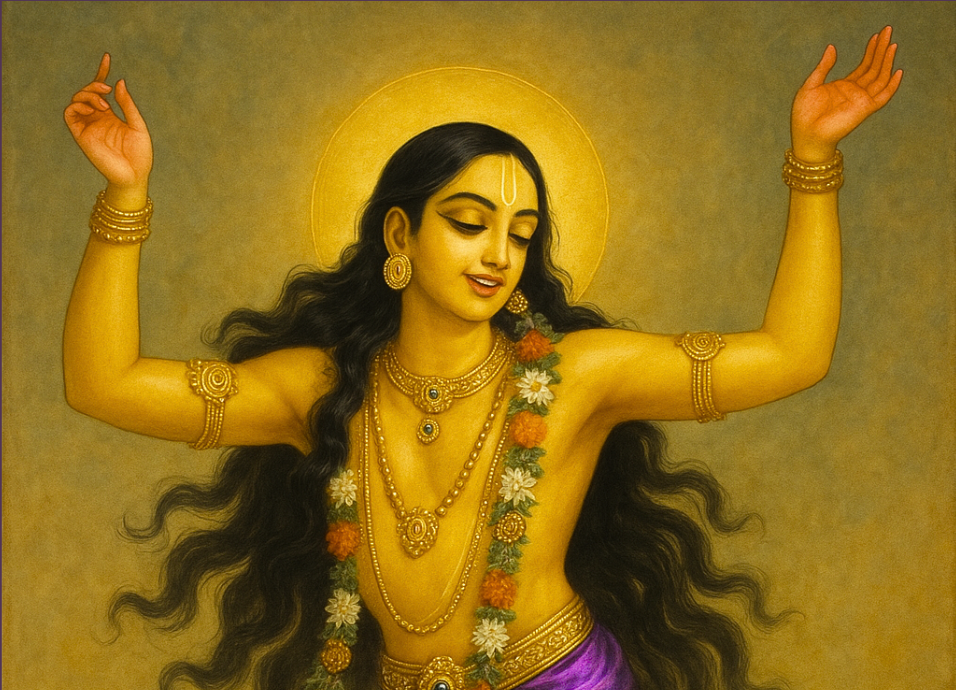
Śrī Gaurānga Renounced the Saffron Robes
Yes—even if it may sound surprising or contrary to mainstream narratives—Śrī Gaurānga Mahāprabhu, after accomplishing the mission of His divine movement, renounced His saffron robes. When His work was complete, He abandoned what could be described as His “superhero red-saffron costume” and adopted purple robes instead. Though this may sound like a conspiracy theory to some, it is a well-documented spiritual truth.
In his revered hagiographical text Śrī Chaitanya Chandramṛta, Śrī Prabodhānanda Sarasvatī—once a prominent Advaitin scholar of Benares and guru to over a thousand sannyāsīs—wrote about this transformation. Originally a staunch opponent of Śrī Gaurānga Mahāprabhu, he was blessed with a personal encounter with the Lord, and thereafter surrendered fully to Him. This event was a significant spiritual victory for the Gauḍīya Vaiṣṇava tradition over the impersonalist schools of India. In his devotional writings, Prabodhānanda Sarasvatī clearly notes that Śrī Caitanya Mahāprabhu abandoned His saffron attire and adopted robes of “another color”—which, for reasons not fully explained, was purple.
Śrī Caitanya: The Divine Weapon
As Nimai Paṇḍita, Śrī Caitanya was a towering scholar and a fearless opponent of Advaita philosophy. His unrivaled victories in philosophical debate earned both admiration and deep envy from various academic and caste-based elites. His revolutionary teachings on egalitarian Vaiṣṇava philosophy and the rejection of caste distinctions led to growing resentment. Ultimately, these forces conspired not just to discredit Him, but to destroy Him.
Understanding these threats, and to ensure the continuation of the Yuga-dharma, Śrī Caitanya strategically accepted the sannyāsa order—an institution highly respected in Indian society at the time. This decision broke the hearts of His family, friends, and especially Nityānanda Prabhu, who wept bitterly. It is crucial to understand that none of Mahāprabhu’s closest associates supported His decision to accept sannyāsa. Yet, they accepted it as the divine will.
Śrī Caitanya’s sannyāsa was a tactical move, not a model to be followed by His devotees. It was a divine weapon, not a spiritual path to imitate. The pain and anguish felt by His mother, wife, and associates were profound. For this reason, it is deeply inappropriate for modern followers of Śrī Caitanya to promote the sannyāsa order within Gauḍīya Vaiṣṇavism. This truth is as hard as steel: none of Śrī Gaurānga’s Gauḍīya associates accepted the formal sannyāsa order.
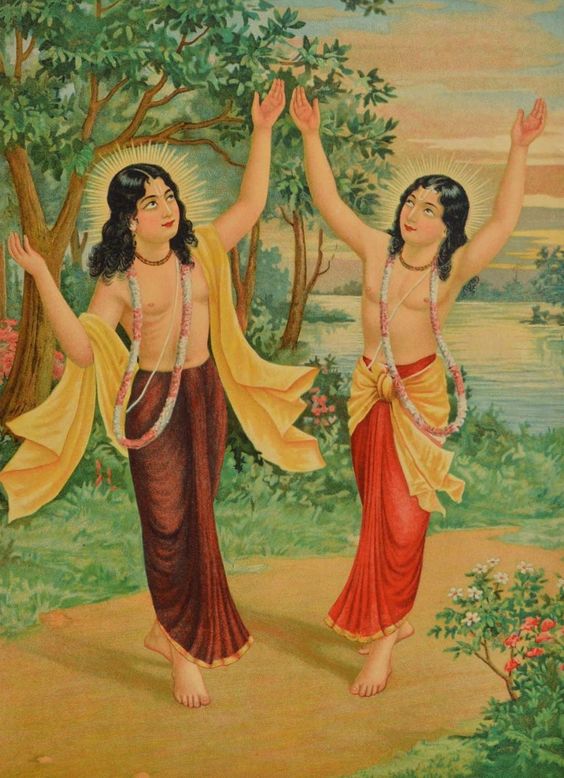
The True Renunciation: White Robes and Babājī Veṣa
Instead, the real followers of Śrī Gaurānga embraced renunciation in the Gauḍīya spirit—what came to be known as Babājī-veṣa, marked by white robes and a life of humility, detachment, and divine service. Śrī Rūpa Gosvāmī, Śrī Sanātana Gosvāmī, Śrī Jīva Gosvāmī, and all the primary disciples of Śrī Gaurānga wore white, not saffron. The Hari-bhakti-vilāsa, the foundational manual of Gauḍīya conduct, explicitly prohibits the wearing of red or saffron robes.
Śrī Gaurānga Mahāprabhu Himself stated, “After Me, no one should take sannyāsa.” His principal disciples, Rūpa and Sanātana, who were personally empowered by Him to systematize Gauḍīya philosophy, were given renunciation by Mahāprabhu in the form of white robes—never saffron.
It is true that some early associates, like Prabodhānanda Sarasvatī, were sannyāsīs. But they had received sannyāsa prior to meeting Śrī Gaurānga and belonged to other traditions. They were not part of the inner Gauḍīya circle. Prabodhānanda Sarasvatī, for instance, is not found in the Pancha-tattva nor among the kīrtana associates of Śrīvāsa-aṅgana.
By contrast, the great nāmācārya Śrī Haridāsa Ṭhākura, a pillar of the Gauḍīya sampradāya, wore simple white robes.
The Sannyāsa Order: A Later Invention
The modern saffron-wearing sannyāsa system found in some branches of Gauḍīya Vaiṣṇavism was introduced by Bhaktisiddhānta Sarasvatī (Bimala Prasāda). While his intentions may have been organizational, this innovation does not belong to the original Gauḍīya Vaiṣṇava tradition. It is a later creation—a kind of Neo-Vaiṣṇavism—not connected to the authentic order of Śrī Gaurānga Mahāprabhu.
The Cryptic Rice Message
While residing in Puri Dhāma, Śrī Gaurānga Mahāprabhu received a cryptic message from Śrī Advaita Ācārya which marked a pivotal moment in His external conduct. The message, poetically framed, read: “All the rice has been sold; there is nothing left to sell, and no one remains to buy.”
Its hidden meaning? The mission of the Saṅkīrtana movement in Bengal had been fulfilled. Following this, Mahāprabhu abandoned His saffron robes and began wearing purple garments, thus revealing that His identity as a “sannyāsī” was a strategic external appearance—not a lifelong religious affiliation with impersonalist monasticism.
“Do Not Consider Me a Sannyāsī”
prabhu bale,—śuna sārvabhauma mahāśaya
sannyāsī āmāre nāhi jāniha niścaya—Chaitanya Bhāgavata 3.3.66
“The Lord said, ‘Listen, Sārvabhauma Mahāśaya! Do not consider Me a sannyāsī.’”
kṛṣṇera virahe muñi vikṣipta haiyā
bāhira hailuṅ śikhā-sūtra muḍāiyā—Chaitanya Bhāgavata 3.3.67
“Overwhelmed by separation from Kṛṣṇa, I became distraught and left home, shaving off My śikhā and sacred thread.”
Interestingly, the translation by Bhaktisiddhānta Sarasvatī omits the explicit mention of shaving the śikhā (tuft of hair worn by brāhmaṇas) and the sacred thread (yajñopavīta). His rendition simply states:
“I left home and shaved My head because I was disturbed by feelings of separation from Kṛṣṇa.”
One must ask: Why this omission?
Was it intentional, in service of an institutional sannyāsa system built upon a particular vision of social respectability? Or could it be that the historical Gaurānga—whose ecstatic behavior constantly broke societal norms—was not entirely in alignment with later efforts to systematize His spontaneous divine mood?
It is certainly something worth reflecting upon.
The Incongruity of Modern Sannyāsa Imitation
In this very passage, Mahāprabhu gives the definition of His own renunciation:
“I have shaved My head and given up My sacred thread.”
Yet today, many neo-Vaiṣṇava groups continue to promote a sannyāsa order where men retain their brāhmaṇa thread and śikhā, mimicking the very system Mahāprabhu transcended. These practices raise serious concerns of apasmpradāya—unauthorized deviation from the true sampradāya spirit.
Beyond Caste and Institution: The Identity of a Gaudiya-Vaiṣṇava
nāhaṁ vipro na ca nara-patir nāpi vaiśyo na śūdro
nāhaṁ varṇī na ca gṛha-patir no vanastho yatir vā
kintu prodyan-nikhila-paramānanda-pūrṇāmṛtābdher
gopī-bhartuḥ pada-kamalayor dāsa-dāsānudāsaḥ
—Caitanya Caritāmṛta, Madhya 13.80
“I am not a brāhmaṇa, kṣatriya, vaiśya or śūdra. I am not a brahmacārī, gṛhastha, vānaprastha or sannyāsī. I am the servant of the servant of the servant of the lotus feet of the lover of the gopīs.”
Here, Śrī Gaurānga explicitly disavows all varṇāśrama categories. His theology places the Gauḍīya-Vaiṣṇava identity far above all social designations. The Purāṇas themselves declare that in Kali-yuga, everyone is born a śūdra. Therefore, any assertion of hereditary spiritual status—such as birth-based brāhmaṇa identity—is a distortion of Śrī Gaurānga’s message. To give “brāhmaṇa dīkṣā” in this context, or to uphold the caste system under the guise of Vaiṣṇava practice, is spiritually harmful and a clear apasmpradāya deviation.
Prabodhānanda Sarasvatī: Witness to the Purple-Robed Lord
The verses of Śrī Prabodhānanda Sarasvatī, a great devotee and convert from the Advaitic tradition, offer us vivid visual testimony of Mahāprabhu’s purple attire:
“May I be absorbed in meditation on Gaur Hari,
clad in His purple dress, His body trembling with ecstasy.”
—Śrī Chaitanya Chandramṛta, 71
“How beautiful He looks in His purple cloth…
His divine glow surpasses thousands of lightning bolts.
May this Lord be the only object of my love.”
—Śrī Chaitanya Chandramṛta, 73
“He has given up His saffron cloth and put on purple instead.”
—Śrī Chaitanya Chandramṛta, 79
And in an extraordinary vision:
“What transcendent beauty He displays!
Dressed in silk, with shining ornaments, long black hair tied with flower wreaths, He sings and dances in His youth.”
—Śrī Chaitanya Chandramṛta, 132
The English translator (1935) adds an insightful note:
“When Prakāśānanda Sarasvatī saw Him, Mahāprabhu outwardly appeared as a sannyāsī—head shaven, wearing a purple loincloth, and without ornaments. Yet, through divine revelation, Śrī Gaurānga appeared to him as the Supreme Youth: long black hair, adorned with ornaments, and radiating beauty.”
This confirms a critical truth: Śrī Gaurānga Mahāprabhu was not a sannyāsī by heart, nor was He bound to any external label. His purple garments and transcendental personality defied institutional categorization. The idea of Mahāprabhu as a lifelong sannyāsī is a myth carefully curated for socioreligious respectability, but not rooted in scriptural evidence or lived example. His external saffron was a temporary disguise—a weapon, not a path. The later adoption of saffron-draped institutional sannyāsa, especially while retaining caste markers like śikhā and thread, is an unfortunate innovation alien to the Gauḍīya tradition.
Let us return to the purity of Śrī Gaurānga’s own example—where ecstatic love, humility, and freedom from social ego are the true signs of spiritual renunciation.
The Forgotten Colors: Truth in the Form of Nitāi and Gaura
In old temples and ancient Bengal paintings, we often find striking depictions of Śrī Śrī Nitāi-Gaurānga in a form rarely seen in contemporary institutions: Gaura in purple robes and Nitāi in dark green, blue. On my first pilgrimage to Śrī Nabadwīpa-dhāma, I vividly remember encountering such Deities for the first time. My mind could hardly accept what I was seeing. “How can this be?” I thought. But as I matured in my study of śāstra, I realized — these were not artistic aberrations, but accurate representations aligned with scriptural verses and ecstatic realizations of advanced devotees, like Prabodhānanda Sarasvatī and Vṛndāvana Dāsa Ṭhākura.
The Invented Narrative of Modern Gauḍīya Vaiṣṇavism
Today, the world has largely embraced a version of Gauḍīya Vaiṣṇavism that is increasingly disconnected from the original vision and instructions of Śrī Caitanya Mahāprabhu. Step by step, we observe:
- Omission of key scriptural details
- Mistranslations or strategic edits of sacred texts
- The incorporation of non-Gauḍīya customs like caste-based upanayana (brāhmaṇa threads), saffron sannyāsa veṣa, and institutional power structures
- A tendency to commercialize or simplify the path, making it palatable for mass appeal but spiritually diluted
Even if the entire planet were to accept this diluted version as truth, it still wouldn’t align with Mahāprabhu’s siddhānta. That alone should cause any serious seeker to pause and ask: What really happened?
Truth vs. Popularity
As Vṛndāvana Dāsa Ṭhākura wrote:
“He who follows the instruction of Nārāyaṇa will receive the protection of the Lord.”
This statement is key. If one follows the apasiddhānta and apasampradāya deviations that have gained popularity, Bhagavān’s protection will not be there, no matter how large the following. The Christian analogy is apt here: the devil’s greatest trick was to convince the world he doesn’t exist. Similarly, in Gauḍīya history, the greatest deception has been the replacement of truth with a refined imitation—polished, printed, marketed, but disconnected from the spiritual fire of the original sampradāya.
The Real Sampradāya Has Been Displaced
Let’s be honest: what many today call “Gauḍīya Vaiṣṇavism” is often a modern invention—a bureaucratic, emotionally anesthetized version of a movement once driven by divine madness, renunciation, and ragānugā-bhakti. The true Gauḍīya ācāryas—Śrī Rūpa, Sanātana, Raghunātha, Haridāsa Ṭhākura—have already written everything down. There was no need for invention, only transmission.
Yet, modern man is forgetful, weak, and attracted to convenience. So he chooses what’s new, what’s easy, what’s institutionally accepted, instead of what is true. He doesn’t want the raw, uncompromising message of renunciation, prema, and surrender. He wants a social network, a uniform, and a title.
Not an Offense—A Stand for Truth
Let this not be mistaken as an offense to anyone. This is not spoken in hate, but in devotional concern and integrity. The truth must be spoken—even if it is difficult to digest. As I heard over 20 years ago, and continue to believe deeply:
“A guru should only transmit what Kṛṣṇa and the guru-paramparā have taught—not create anything new.”
That principle is what I still stand by. The rest is illusion.
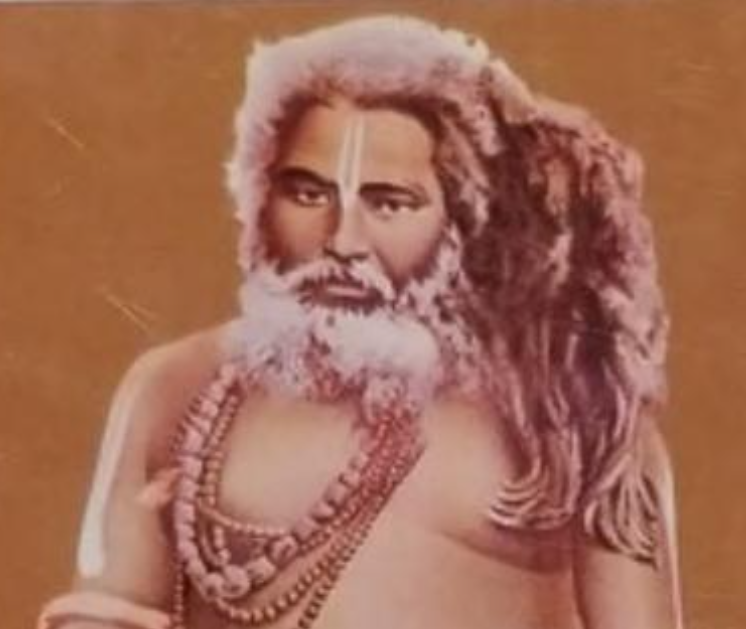
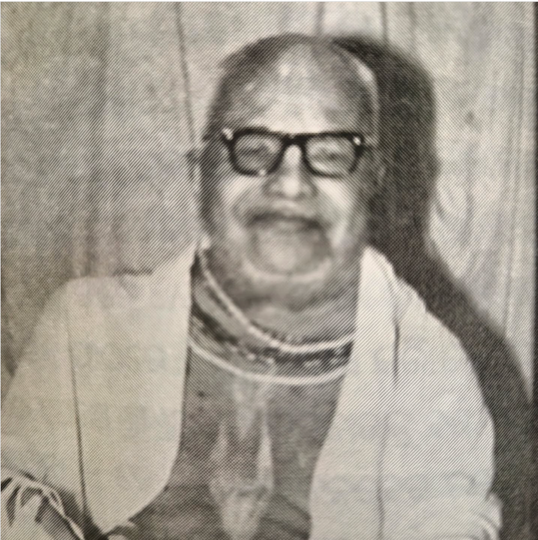
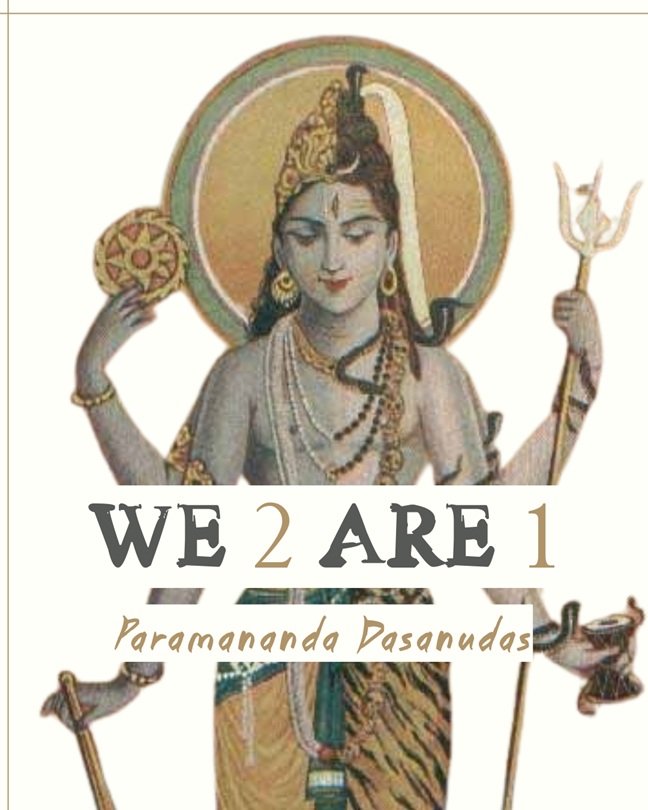
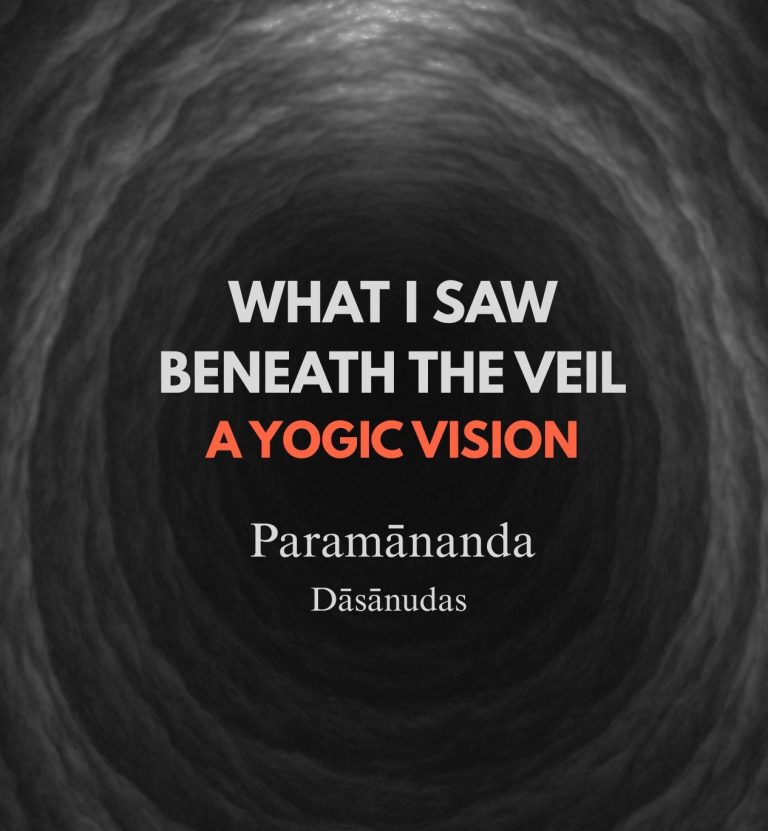
Radhe Radhe, Pranams Shiksha Paramananda.
Esta información tiene que ser muy perturbadora para los que conocieron esta filosofía de forma tergiversada. Solo decirles que la verdad y el conocimiento trascendental transmitido con bases sólidas en forma fidedigna es filosofía pura.
Muchas gracias🙏 por el conocimiento entregado en este camino de varios años.
🙏🙏
Radheshyam